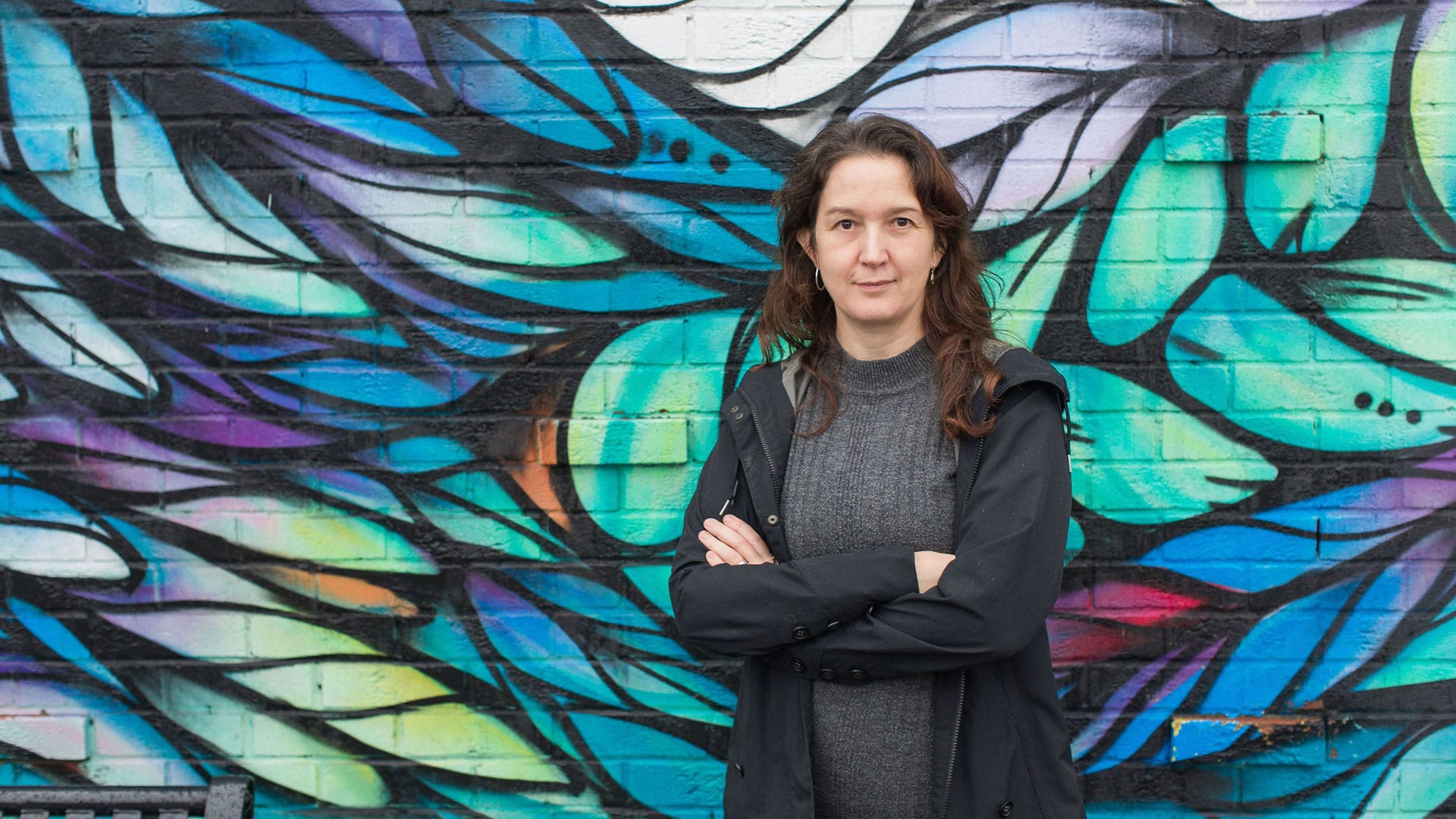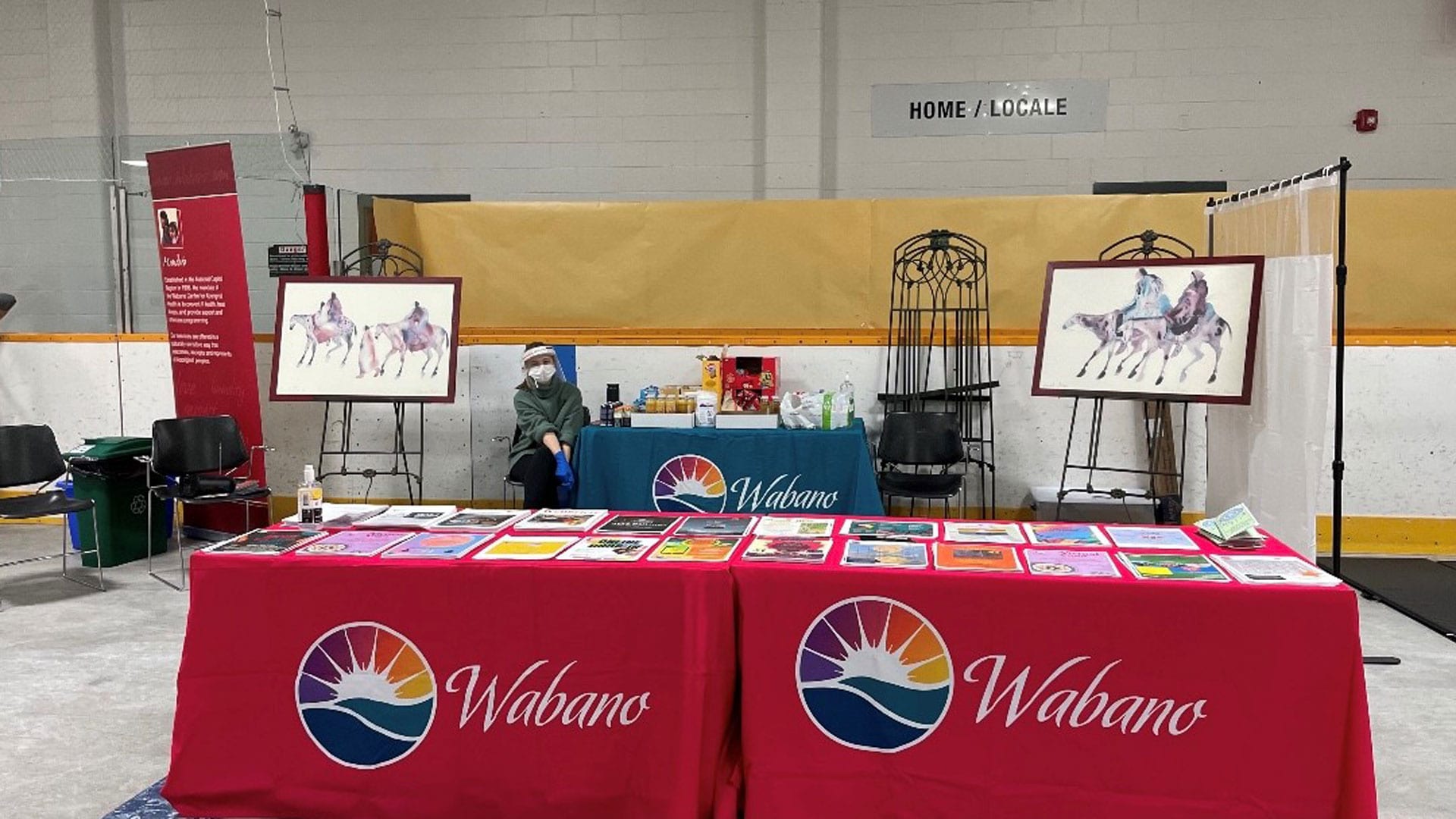Pauktuutit Inuit Women of Canada hopes advocacy from prominent Inuk youth will raise COVID-19 vaccine awareness as immunization efforts pick up steam.
The organization kicked off a campaign on Wednesday with a video message from Annie Buscemi, a popular Inuk social media influencer, mental health advocate, apprentice electrician and winner of the Pauktuutit’s 2020 young Inuk woman of the year award.
“Knowing that so many Inuit have a chance to get the COVID-19 vaccine makes me feel so grateful,” said Buscemi, who hails from Iqaluit, in a virtual press conference. “By getting the vaccine we can protect ourselves, protect our elders and protect our whole community.”
Pauktuutit President Rebecca Kudloo said Inuk youth in the North will soon be eligible for the shot, while Inuit in cities have also been prioritized.
“From the historic mistreatment of Inuit with tuberculosis to present-day systemic racism when Inuit seek health services, Inuit have many reasons to hesitate about getting the COVID-19 vaccine,” said Kudloo in a release.
“Pauktuutit felt it was important to engage young women role models, like Annie Buscemi, who can speak directly to their peers and possibly other youth across Canada too, because none of us are safe until all of us are safe.”
Kudloo and Buscemi were joined by federal cabinet ministers Maryam Monsef, Carolyn Bennett, Dan Vandal and Mona Fortier. The awareness campaign is funded by a $340,000 federal grant.
Also present were Dr. Evan Adams of Indigenous Services Canada as well as Connie Sideule, executive director of the Akausivik Inuit Family Health clinic in Ottawa.
The clinic has inoculated over 1,000 Inuit living in Ottawa thus far. “We are trucking right along,” Sideule said.
The nation’s capital has a sizable urban Inuk population. The 2016 census counted 1,280 Inuit, but grassroots organizations often say the actual population is much higher.
The neighbourhood of Vanier, which sits east of Parliament Hill and the city’s downtown core, is sometimes known colloquially as Little Nunavut. It’s where the city has focused its efforts to vaccinate urban Indigenous people.
Sideule said Inuit life expectancy is on average anywhere between 10 to 17 years lower than the mainstream population, while tuberculosis and lower respiratory tract infection rates are among the highest anywhere in the world – hence the high priority and imperative to get the shot.
Both Adams and Sideule said vaccine uptake has been generally good, but communicating clearly why Indigenous people have been prioritized presents a challenge.
“A lot of the work had been to try and have populations see that our intentions are good,” said Adams, “that we were not trying to do bad things by giving vaccinations, but to help and support.”

Dr. Sarah Funnell is a First Nations family physician and public health specialist as well as an associate medical officer of health at Ottawa Public Health.
She’s collaborating with Akausivik and the Wabano Centre as vaccination continues.
She told APTN News that these two clinics have now immunized over 2,500 First Nations, Inuit and Métis in Ottawa.
She said it’s important to work with organizations like these that have credibility and trust in the community to ensure the immunization effort is culturally safe and effective.
At the Wabano vaccine clinic, they had Ojibway artist Mark Seabrook creating art while people got their shot.

Funnell explained that, while Indigenous people have good reason to mistrust the health-care system, there’s no evidence they are more likely to refuse vaccination than any one else.
“It would be expected that some people would be questioning the safety of the vaccine because of that mistrust. But that’s not universal,” she explained.
“We actually, on a population level, cannot say that Indigenous people are more vaccine hesitant or there’s more vaccine refusals among Indigenous people. There’s just no evidence.”
While all Indigenous nations experienced colonialism, every community had a different experience with vaccines, medicine and health care, added Funnell.
Adams concurred. He said some communities have seen good registration numbers while others struggled to get people to sign up.
He stressed that side effects are mild while severe reactions are rare.
Funnell said the goal in the coming months is to ramp up efforts so anyone who wants a vaccine can get one.









